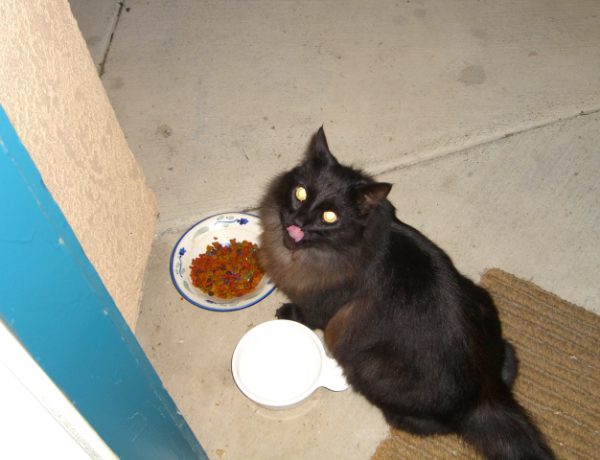A recently published study in the Journal of Environmental International showed that both dogs and cats are being exposed to high levels of Aromatic Amines (AAs). AAs are “used in the production of azo dyes, pesticides, pharmaceuticals, food colorants, polyurethane foams, and rubber” and, “More than 22 AAs have been classified by the International Agency for Research on Cancer (IARC) and European Union’s REACH as known (Group 1), probable (Group 2A), or possible human carcinogens (Group 2B) (Szabó et al., 2021, IARC., 2021).” Dogs, in particular, “are shown to be specifically sensitive to AA-induced bladder cancer.” Essentially, AAs are in carpets, furniture, mattresses, dog/cat beds, flea/tick medications, and pet foods.
The study looked for 30 AAs in the urine of 42 dogs and 21 cats, and the stool of 37 dogs and 41 cats in the Albany NY state area from private households, veterinary hospitals, and shelters. The results showed “widespread exposure of pet animals to AAs,” with cats showing “significantly higher” levels of AA in their urine than dogs. The study hypothesizes that cats may be showing higher levels because of “elevated exposures through diet and in the indoor environment, as well as metabolic differences.” We know from other studies, including this one from 2019, that cats are particularly susceptible to household chemicals, like flame retardants that are widely used in household furniture and have been linked to hyperthyroidism in cats.
In the urine of both dogs and cats, the most abundant AA found was 2,6-DMA. “Elevated concentrations of 2,6-DMA in pet urine can be explained by its formation from the acaricide, amitraz, widely used in the treatment of mite- or tick-infestation in dogs and cats. 2,6-DMA is a genotoxic, teratogenic and carcinogenic metabolite of amitraz.” Shelter pets tested highest for 2,6-DMA, with cats testing “5–6 fold higher than dogs collected from animal shelters.” However, amitraz is commonly found under the brands Preventic®, Certifect®, which aren’t often used on cats, so it’s unclear why so many cats tested so high for these AAs.
In the results of the stool samples, “Dyes and rubber products are the sources of AAs in pet feces.” Meaning that pets are being exposed to these chemicals likely though “azo dyes, that can be bio-transformed by the gut microbiota to form AAs, which are then excreted in feces.” Azo dyes are commonly found in food products as food coloring, and are used in some pet foods.
Overall, the study suggests that pets are being exposed to high amounts of AAs, both from veterinary drugs and acaricides, but also azo dyes/food colorants, and microplastics, and that further studies are needed to evaluate “guidelines and regulations on AAs in pet food and products,” and, “to assess the extent of contribution of veterinary drugs to carcinogenic AA exposure in pets.”





No Comments